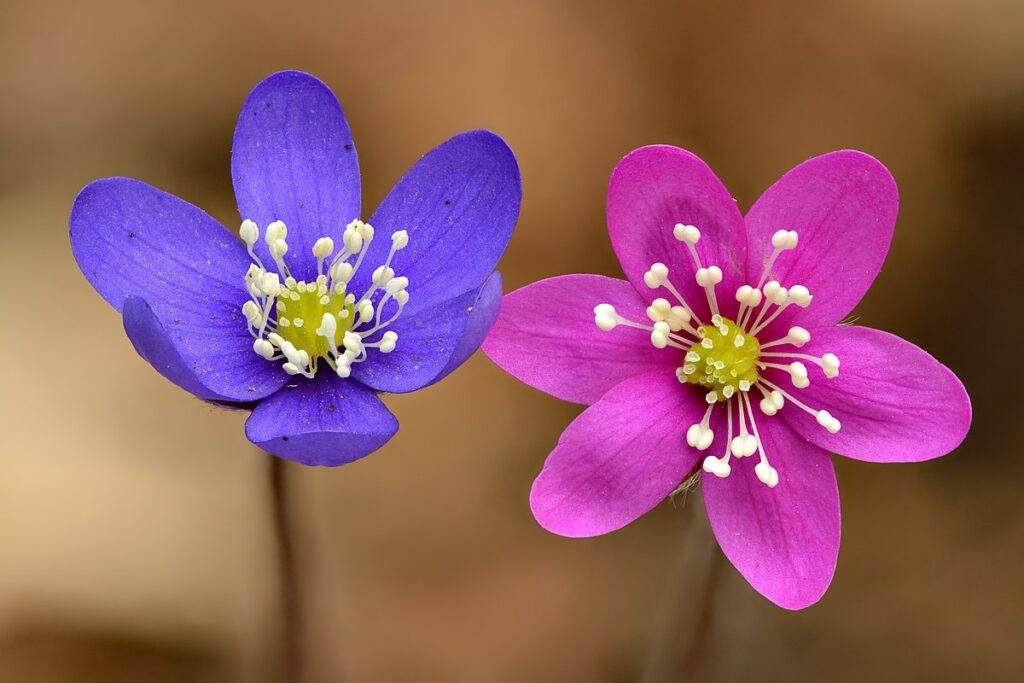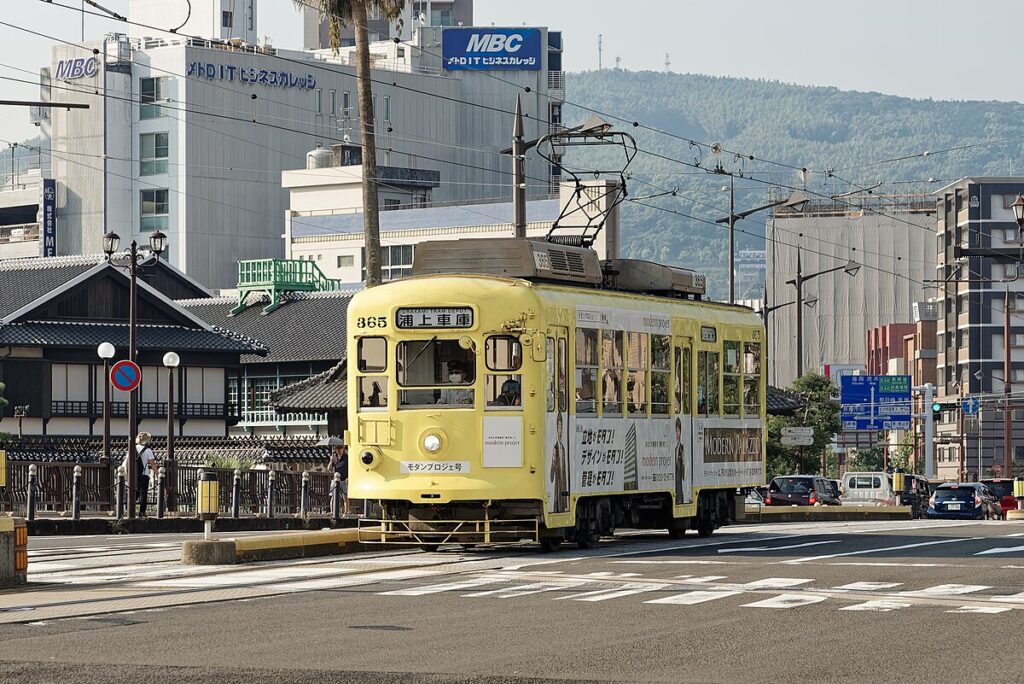Tourist attractions--archive--
-

Moomin Valley Park (Hanno City, Saitama Prefecture)
Overview (History, Features, and Attractions) Moomin Valley Park is a theme park located within Metsä in Hanno City, Saitama Prefecture. It is an experiential facility that recreates the world of Tove Jansson's Moomin novel series. Opened in 2019, it offers a hands-on experience of the nature and culture of Northern Finland. -

Dejima (Nagasaki City, Nagasaki Prefecture)
Overview (History, Features, and Attractions) Dejima is an artificial island in Nagasaki City. It is known as the only place permitted to trade with foreign countries during the Edo period (from the 17th century onwards) under the isolationist policy. It housed the Dutch Trading Post (VOC), and served as a gateway through which Western culture, academics, medicine, and technology were introduced to Japan. -

Rainbow Pine Grove (Karatsu City, Saga Prefecture)
Overview (History, Features, Attractions) Niji no Matsubara (Rainbow Pine Grove) is a coastal pine forest in Karatsu City, Saga Prefecture, with a row of black pine trees stretching for approximately 4 km along the Genkai Sea. It is believed to have been planted during the Edo period for windbreaks and erosion control purposes, and today there are approximately 100,000 pine trees weaving their way along the coastline. -

Tofukuji Temple (Higashiyama Ward, Kyoto City, Kyoto Prefecture)
Overview (History, Features, and Attractions) Tofukuji Temple is the head temple of the Tofukuji branch of the Rinzai sect of Buddhism in Higashiyama Ward, Kyoto City. It is a historic Zen temple founded in the Kamakura period (13th century). Built at the request of the Kujo family (Kujo Doie), the temple was founded by Enni (Shoichi Kokushi), a monk who returned from Song China. -

Hamamatsu Castle (Hamamatsu City, Shizuoka Prefecture)
Overview (History, Features, and Attractions) Hamamatsu Castle is a castle ruin located in Naka Ward, Hamamatsu City, Shizuoka Prefecture. It is a historic landmark known as the base of Tokugawa Ieyasu during the Sengoku period. It served as an important base throughout the Edo period. The current castle tower was rebuilt in 1958 using reinforced concrete... -

Aogashima (Aogashima Village, Tokyo)
Overview (History, Features, and Attractions) Aogashima is a small volcanic island in Aogashima Village, Tokyo, located in the southern part of the Izu Islands. With a population of just a few hundred people, it is known as one of Japan's most isolated and "hidden" islands. The island is made up of a double caldera, with an outer and inner crater... -

Kawasaki Daishi (Kawasaki Ward, Kawasaki City, Kanagawa Prefecture)
Overview (History, Features, and Attractions) Kawasaki Daishi (official name: Heikenji Temple) is a Shingon Buddhist temple located in Kawasaki Ward, Kawasaki City, Kanagawa Prefecture. It is one of the leading temples in the Kanto region, known for its devotion to Kobo Daishi (Kukai) and its protection from evil spirits. Its ancient founding dates back to the Middle Ages, and it has since been known as the "Great Master of Protection from Evil" and the "Great Master of Kawasaki.". -

Onomichi (Onomichi City, Hiroshima Prefecture)
Overview (History, Features, and Attractions) Onomichi (Onomichi City, Hiroshima Prefecture) is a port town facing the Seto Inland Sea, known as the "town of slopes." Long ago, it flourished as a key hub for shipping and commerce along the Seto Inland Sea, and is known for its charming port town scenery, with its narrow alleys, stone steps, old merchant houses, and temples. It has also been used as a filming location for movies and literary works... -

Tamatorizaki Observatory (Ishigaki City, Okinawa Prefecture)
Tamatorizaki Observatory (Ishigaki City, Okinawa Prefecture) Overview (History, Features, and Attractions) Tamatorizaki Observatory is a popular observation spot located near the east coast of Ishigaki City, Okinawa Prefecture, offering a panoramic view of the sea and greenery. From the observation deck built on high ground, you can see the surrounding beautiful coral reefs, crystal clear waters, and the rugged island topography... -

Azuchi Castle Ruins (Azuchi-cho, Omihachiman City, Shiga Prefecture)
Overview (History, Features, and Attractions) The ruins of Azuchi Castle are the remains of Azuchi Castle, a magnificent fortress that was built in a short space of time by the Sengoku period feudal lord Oda Nobunaga in 1576. The castle is a comprehensive fortress complex consisting of a tower (tenshu) towering on the mountaintop, and two enclosures, Ninomaru and Sannomaru.



